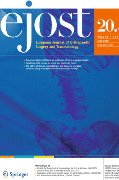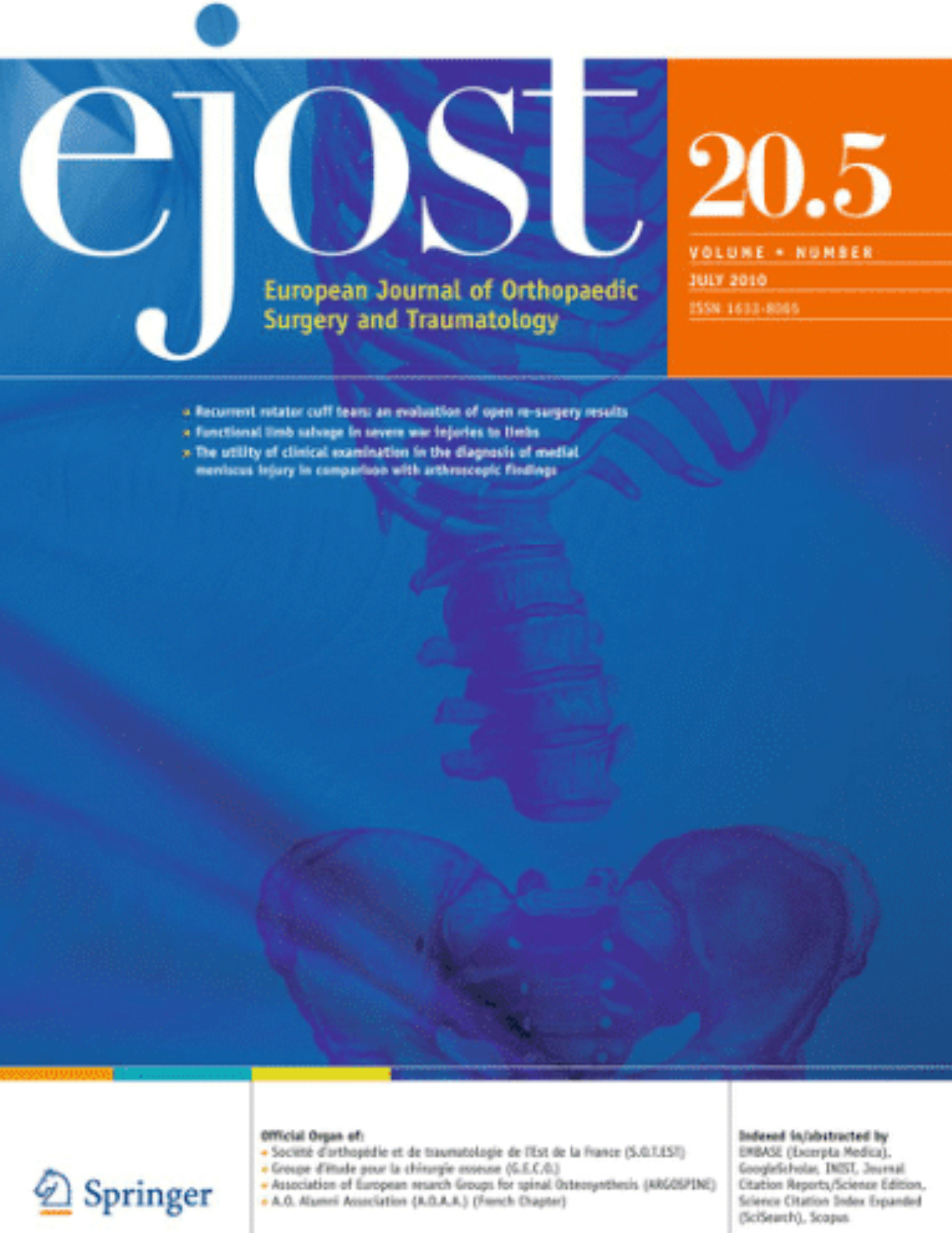
Single Vs Double Coracoclavicular Loop Stabilization For Unstable Distal Clavicular Fractures .
Comparison of single versus double coracoclavicular loop stabilization technique for the management of unstable distal clavicular fractures: a randomized controlled trial.
Eur J Orthop Surg Traumatol . 2024 Feb;34(2):1009-1016.Forty-six patients with unstable distal clavicular fractures were randomized to receive either single coracoclavicular (CC) loop stabilization (n=23) or double CC loop stabilization (n=23). Outcomes of interest included Constant scores, American Shoulder and Elbow Surgeons (ASES) scores, pain on a Visual Analog Scale (VAS), time to union, CC distance, and complications. Outcomes were assessed up to 6 months. Overall, the results of the study revealed that the single CC loop group demonstrated shorter operative times and significantly higher Constant scores at 1 and 3 months postoperation. There were no significant differences in the ASES scores, time to union, or CC distance between the two groups. The results of this trial suggest that single CC loop stabilization provides slightly better early functional outcomes and fewer implant-related irritations compared to double CC loop stabilization.
Unlock the Full ACE Report
You have access to 4 more FREE articles this month.
Click below to unlock and view this ACE Reports
Unlock Now
Critical appraisals of the latest, high-impact randomized controlled trials and systematic reviews in orthopaedics
Access to OrthoEvidence podcast content, including collaborations with the Journal of Bone and Joint Surgery, interviews with internationally recognized surgeons, and roundtable discussions on orthopaedic news and topics
Subscription to The Pulse, a twice-weekly evidence-based newsletter designed to help you make better clinical decisions
Exclusive access to original content articles, including in-house systematic reviews, and articles on health research methods and hot orthopaedic topics
































































